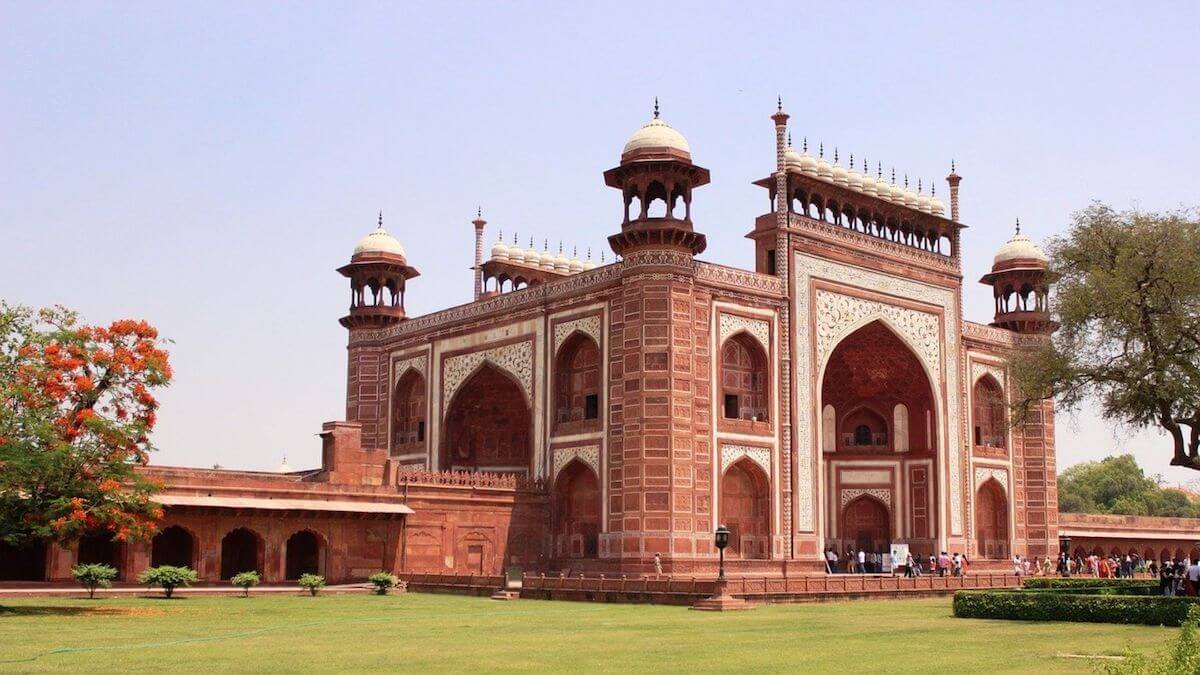India’s ancient heritage is rich with grand structures—forts, temples, and palaces—that stand as enduring symbols of cultural and architectural prowess. These majestic edifices attract millions of admirers, who marvel at their intricate designs and monumental scales. However, behind the splendor lies a darker narrative of forced, unpaid labor and slavery that built these wonders. Delving deeper into this history unveils a poignant story of human suffering, resilience, and unacknowledged contribution.
Karikala and the Embankment of Kaveri
The Chola king Karikala, who reigned in the early second century AD, is celebrated for his contributions to engineering and urban planning. Among his notable achievements is the construction of a 160-kilometer embankment along the Kaveri River. This project, which transformed the region’s agricultural landscape, was built by 12,000 slaves captured from Sri Lanka.
R.S. Sharma, a renowned historian, notes, “The construction of this embankment was a monumental task that required immense manpower. The labor of these slaves, forcibly uprooted from their homeland, was instrumental in realizing Karikala’s vision of prosperity.” This forced labor, while creating a lasting agricultural benefit for the Chola kingdom, came at an immense human cost.
The Forts of Rajasthan
Rajasthan’s majestic forts, such as those in Chittorgarh, Jaisalmer, and Mehrangarh, stand as proud symbols of Rajput valor and architectural ingenuity. Yet, these towering structures were built on the backs of countless laborers who toiled under harsh conditions.
Chittorgarh Fort, for instance, was a symbol of Rajput defiance and resilience. The fort’s expansive complex, with its palaces, temples, and reservoirs, required an enormous labor force. Many of these workers were local villagers, bonded laborers, or captives from wars. Historian Satish Chandra writes, “The construction of such massive fortifications demanded not just skilled artisans but also a vast army of laborers who often worked under coercion and without adequate compensation.”
The Temples of the Chola Dynasty
The Chola dynasty, known for its patronage of art and architecture, left behind a legacy of stunning temples such as the Brihadeeswarar Temple in Thanjavur. This UNESCO World Heritage site, completed in the 11th century during the reign of Rajaraja Chola I, is a testament to the architectural brilliance of the era.
The temple’s construction involved thousands of laborers, many of whom were not free men. R. Nagaswamy, an expert on Tamil history, points out, “The grandeur of the Brihadeeswarar Temple is not just a product of royal patronage but also of the relentless toil of countless laborers. These individuals, often working under duress, left an indelible mark on the cultural heritage of the region.”
The Mughal Monuments
The Mughal Empire’s architectural achievements are epitomized by structures like the Red Fort, the Taj Mahal, and Fatehpur Sikri. These monuments, celebrated for their beauty and grandeur, were built using vast armies of laborers, many of whom were enslaved or bonded.
The Taj Mahal, often hailed as a symbol of love, was built by Emperor Shah Jahan in memory of his wife Mumtaz Mahal. The construction of this mausoleum required over 20,000 laborers and artisans, who worked tirelessly for over two decades. While the names of some master craftsmen are known, the majority of laborers remain anonymous. Historians estimate that many of these workers were forced into labor, enduring grueling conditions.
In his writings, Irfan Habib highlights the harsh realities of Mughal construction projects: “The labor force employed in the construction of Mughal monuments was vast and varied. Many were skilled artisans, but a significant number were laborers conscripted under the system of forced labor known as begar. Their contributions, often extracted under duress, are a hidden yet crucial part of these architectural marvels.”
Acknowledging the Unseen Contributors
The grandeur of India’s ancient monuments is inseparable from the history of those who built them. The forced laborers, enslaved individuals, and bonded workers who toiled to create these structures remain largely unrecognized in popular narratives. As we admire these architectural wonders, it is essential to remember and honor the sacrifices of these unseen contributors.
Their stories, though often absent from historical records, are etched into the very fabric of these monuments. Acknowledging their contributions provides a fuller, more nuanced understanding of India’s rich heritage. It also reminds us of the human cost behind the pursuit of glory and the resilience of those who, despite their circumstances, left an indelible mark on history.
In the silent grandeur of these ancient structures, we find not just the vision of rulers and architects, but also the enduring spirit of the countless individuals whose labor made these wonders possible. Their legacy, though often unspoken, is as timeless and resilient as the monuments themselves.
